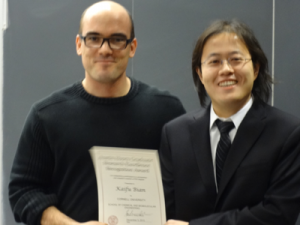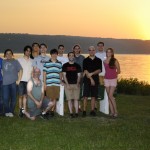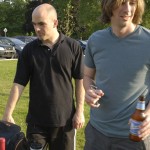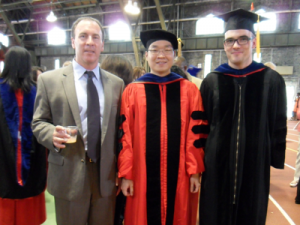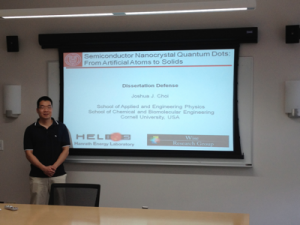Ben’s paper “Direct growth of germanium and silicon nanowires on metal films” is published in J. Mater. Chem. C. Congratulations Ben!
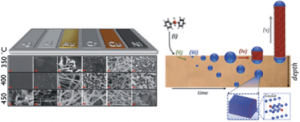
The paper defines the foundational thermodynamic and kinetic factors governing the direct growth of semiconductor nanowires on bulk metals. This approach marks a paradigm shift in nanowire fabrication since it eliminates the need for nanostructured templates or nanoparticles to direct nanowire growth. The results from our combinatorial study answer several important questions about the basic mechanism of this novel approach to nanowire fabrication. Beyond the significa
nt scientific insights, our results also have important implications by providing guidance to advance the much-acclaimed potential of nanowires from lab-scale prototypes to scalable fabrication of emerging nanotechnologies. Key points of the paper include: (i) the first direct comparison of nanowire growth on a series of metal films under identical synthesis conditions, (ii) the introduction of a basic growth mechanism that explains the observed nanowire growth and correctly predicts nanowire growth reported on other metals.


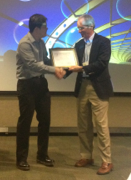
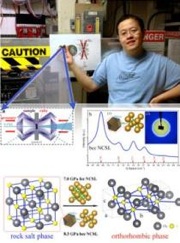 In recognition of superb quality and breadth, Kaifu Bian’s research published in ‘Comparing the Structural Stability of PbS Nanocrystals Assembled in fcc and bcc Superlattice Allotropes’ will be recognized with the 2013 CHESS student research paper award.
In recognition of superb quality and breadth, Kaifu Bian’s research published in ‘Comparing the Structural Stability of PbS Nanocrystals Assembled in fcc and bcc Superlattice Allotropes’ will be recognized with the 2013 CHESS student research paper award.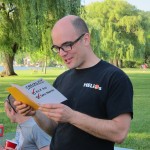

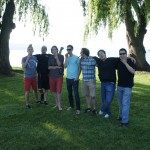
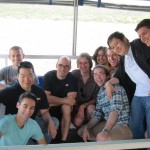
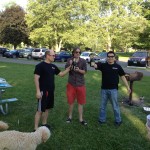
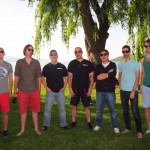
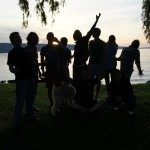
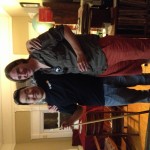
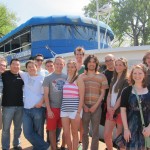
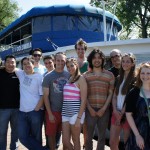
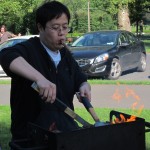
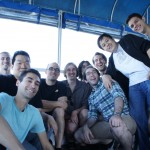
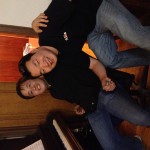
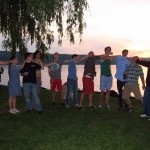
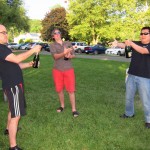
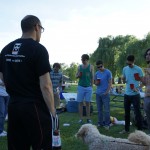

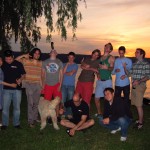


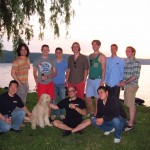
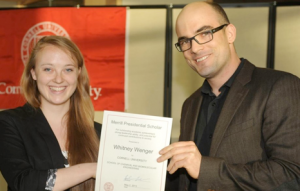
![Merrill Presidential Scholars Program Convocation [MPSP]](https://hanrath-group.cbe.cornell.edu/files/2014/03/Wenger-p6msxb-300x200.jpg)

